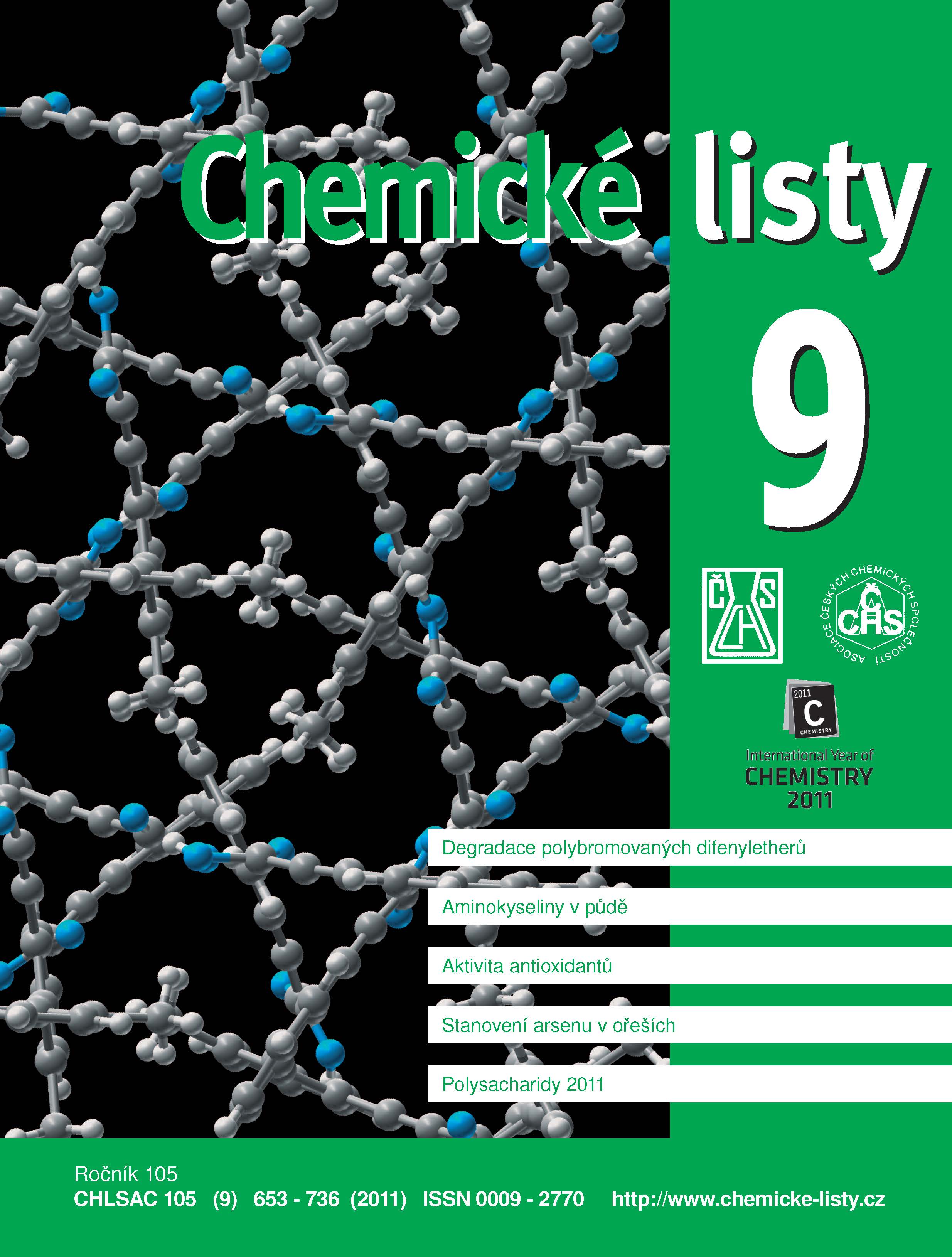Use of PCR-RFLP for the Detection of Potentially Invasive Strains of L. monocytogenes
Keywords:
pathogenicity, internalin A, polymerase chain reaction, restriction cleavageAbstract
Internalin A, encoded by the gene inlA, is the key virulence factor, which allows crossing the intestinal barrier during the initial stages of an infection. The aim of this study was to evaluate the potential of RFLP (restriction fragment length polymorphism) technique of inlA for monitoring the occurrence of potentially invasive strains of L. monocytogenes from different sources. The ability to invade the epithelial host cells of the intestinal barrier was detected in 52.3 % of the investigated strains. RFLP profiles (1and 4) associated with the production of truncated form of the internalin A and with the decreased invasiveness was detected only in serotype 1/2a and 1/2c. These RFLP profiles were found in strains isolated from food (43.6 %) and the external environment (66.7 %), but also in some human strains (42.1 %). Following the inlA polymorphism by PCR-RFLP is a fast screening technique for evaluation of alteration in pathogenic potential of L. monocytogenes.





